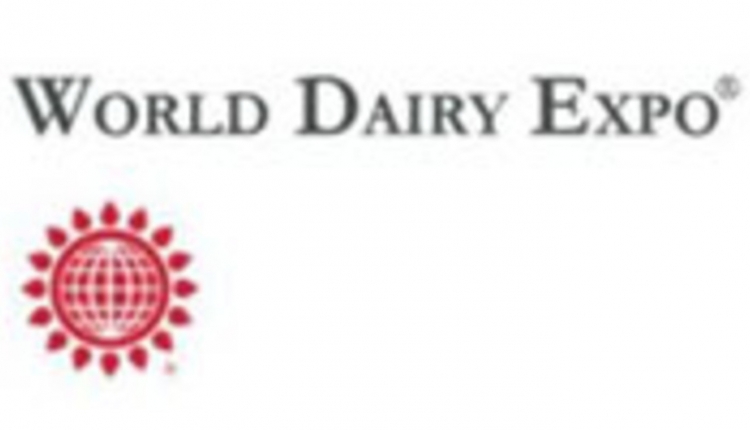The author is a member of the board of directors with Citizens State Bank of Loyal, Wis., and owns Gary Sipiorski Consulting LLC.

Milking cows in this day and age requires a forever active mind. Certainty in a volatile economic world requires a lot of forward thinking. Right now, it is like driving during a dark night with the fog lights on.
The dairy business changed forever in the 1980s when milk supports vanished. Herd sizes grew in the 1990s just to spread the costs over more cows. The 2000s brought on the export of dairy products, economic ups and downs, Federal Milk Marketing Order changes, consolidation, and new technology. Regardless of what went on in the past, basic financial benchmarks help a dairy producer see a little better in what seems like a foggy and ever-changing world of being a dairy producer.
Bottom line basics
Monitoring bottom-line profitability is a must. First of all, one has to make sure it is true profit — not just extra money in the checking account. In years when income exceeds expenses, there needs to be a plan of what to do with the extra cash that is coming in. Paying bills and whittling down lines of credit should be the first things to consider. Note that in some years there may not be any profit. It is important to work closely with your lender, accountant, and financial consultant to make sure an accrual adjusted income statement shows the correct amount of profitability. Educate yourself to understand the process and build a financial plan and ratio analysis around it.
Return on assets (ROA) can often be overlooked when the desire is to add cattle, buildings, equipment, and land. Doing a projected cash flow to see how the asset addition impacts the entire dairy helps one see the overall picture. Evaluating if the purchase pays for itself is important as a stand-alone item. Most times, the complete benefit to the farm must be measured. ROA can be compared to what other investments are paying, such as a certificate of deposit (CD) at a bank or the interest on borrowed money. CDs are around 4% and borrowed money is around 8%. A new investment and overall farm ROA should exceed 8% or the borrowed money rate.
Return on equity (ROE) measures the return the owner is getting on their equity in the farm. It is total assets minus debt equals your part of the foggy pie. It should be measured annually. Once again, beat the bank CD rate or interest rate. A 15% return is a good goal to reach.
Asset turnover ratio (ATO) helps one see through the fog of the huge amount of total investment there is on a dairy farm. It is not unusual to see $15,000 to $25,000 invested per cow. The question is how long does it take to turn all of those assets?
For example, if a dairy is generating $250,000 for every $1 million in assets, the general ratio is read as 0.25:1. Another way to look at it is it takes four years to generate enough total income to equal the total dollars of assets on the balance sheet. The better ratio would be 0.4:1, or $400,000 in total income for every $1 million in assets. When making large farm asset purchases, it is a good idea to help determine how long it will take a new purchase to pay for itself. If the ratio is low, the total assets are too high or there is not enough income being generated. This can clear some fog in making purchases. As always, the owner’s math and decision is the end game.
Operating expenses (OE) entail all of the purchases made on a dairy, including interest costs. Some say expenses are just part of a business, and there is nothing one can do about it. Paying bills may seem unclear at times with many expenses adding to the fog in the last three years. OE should be 65% to 80% of the total income on a farm and is based on a percentage of income. Thinking about the calculation here when milk prices are lower, OE as a percent will look higher. Regardless of the year, there must be a margin after OE are paid. Evaluating each and every expense with family, key employees, financial consultants, and accountants needs constant attention.
Debt to revenue (D/R) needs to be considered when new refinancing or new purchases are about to be made. A conservative industry standard ratio is 1:1 — $1 of debt for every $1 of income. A ratio of 2:1 can be achieved; however, this will depend on the ability of the farm to be able to handle the debt level. This ratio can help a person determine how much money to borrow. Is the farm able to handle interest and principal payments? Serious cash flows need to be run, particularly when new loans are being considered.
Remaining resilient
Technology has played a big and ongoing part in making cows more comfortable, enhancing milking systems, and improving feed quality. Owners must take time to evaluate the items discussed above to grow the dairy and make the days better for the cattle and easier for employees.
If decisions on dairy farms were easier and the future less foggy, maybe more people would choose to dairy farm. It takes skill, dedication, knowledge, and so many more qualities to be part of this wonderful business. Evaluating each step can help see the future a little more clearly.







